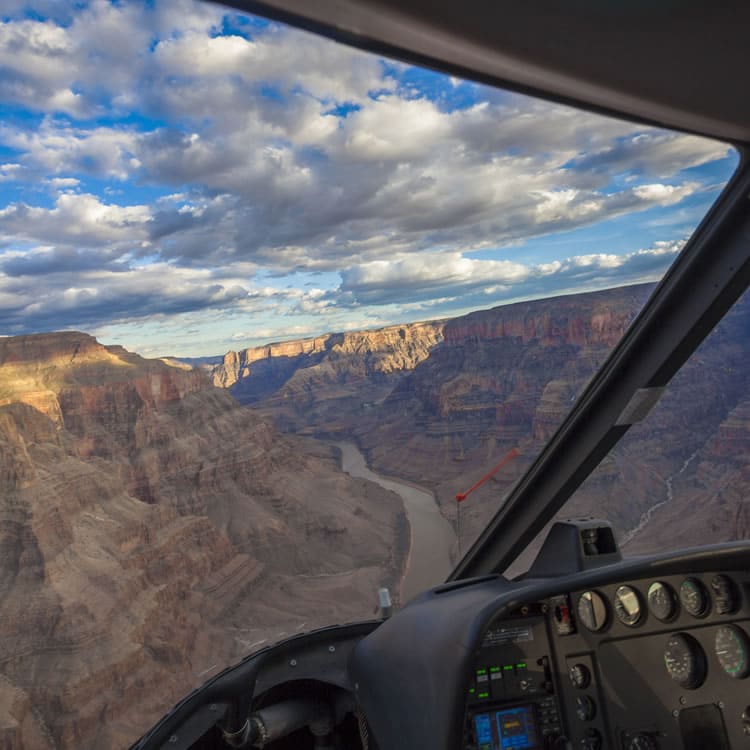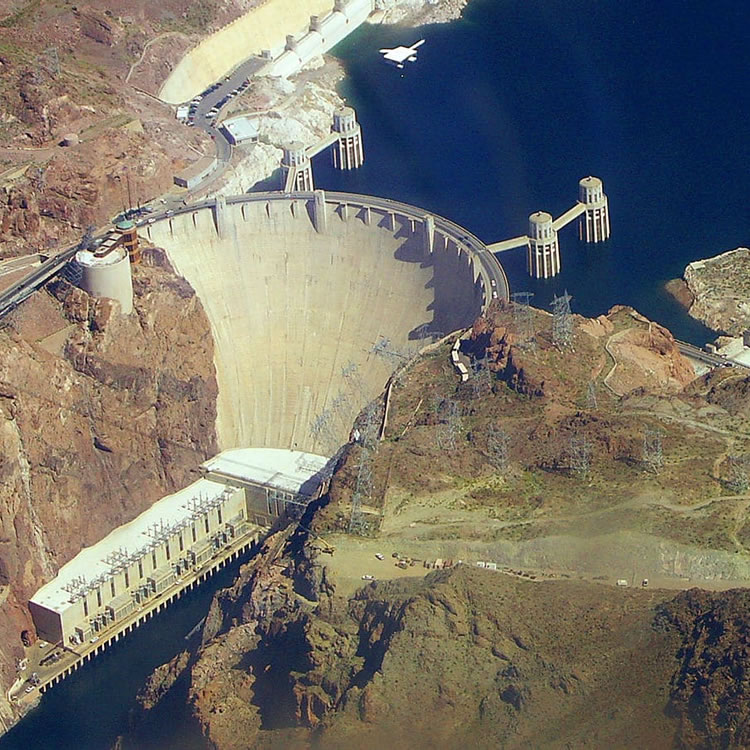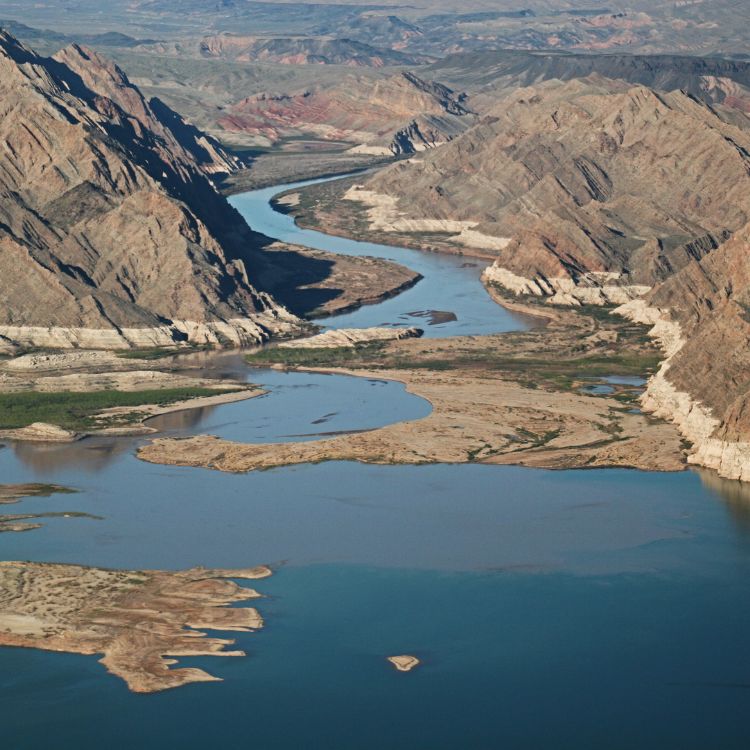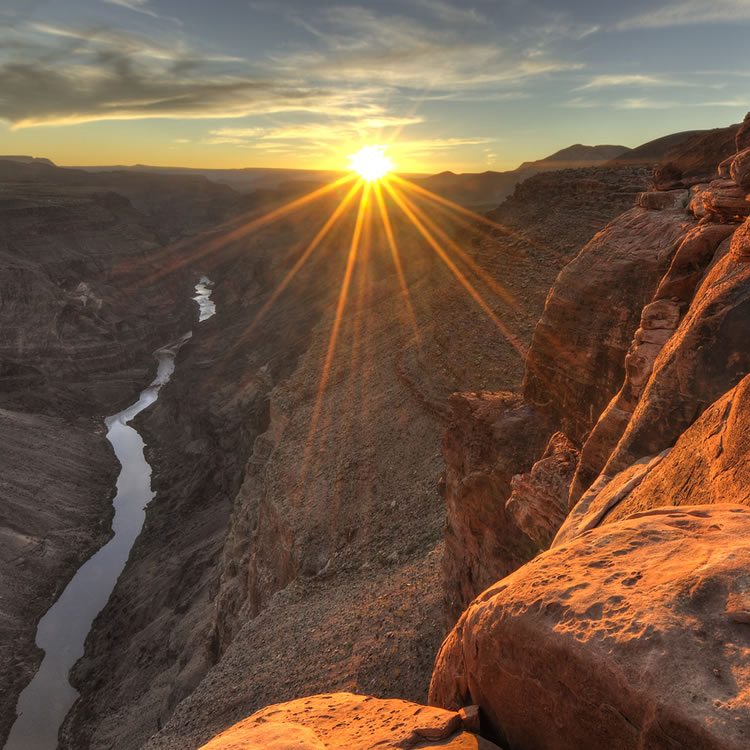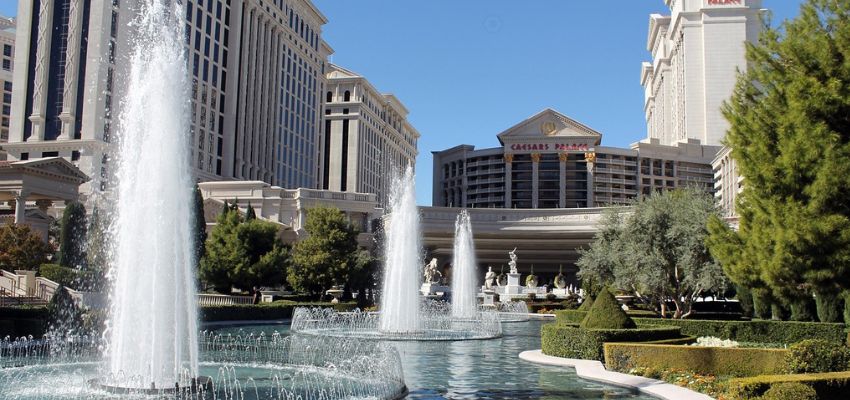Questions About The Grand Canyon You Didn’t Think To Ask
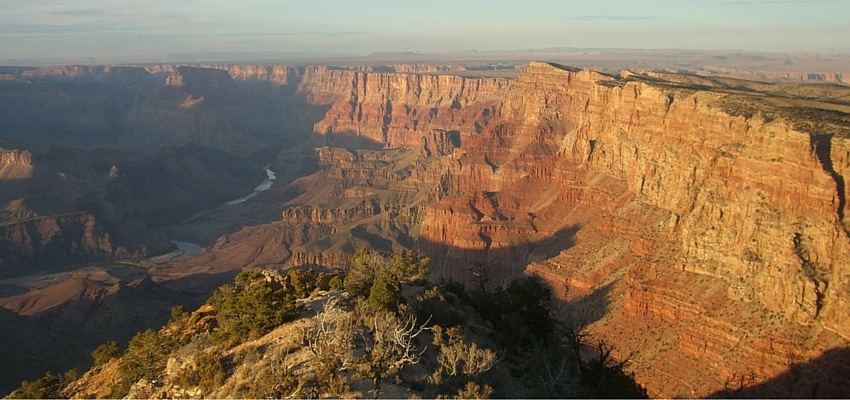
No matter how prepared you are for your vacation, something unexpected always seems to complicate the perfect plan. Planning ahead and researching your trip can help you avoid unfortunate travel frustrations, but it’s hard to know what questions to ask when you’re visiting somewhere completely new.
The Grand Canyon may be one of the most popular destinations in America, but it’s not exempt from surprise travel snafus. Some questions about your visit may be easy to answer, but what about all those questions you didn’t know to ask? We’re here with the answers.
1. Where should I park?
Parking availability depends on which Rim you’re visiting.
Parking at the South Rim
There are numerous public parking lots at the South Rim. Parking and admission for a single vehicle (including all passengers) costs $30, but that fee grants you admission to both the South and North rims for seven days. For more information on parking lot locations, check out the National Park Service’s South Rim Village Transit Map.
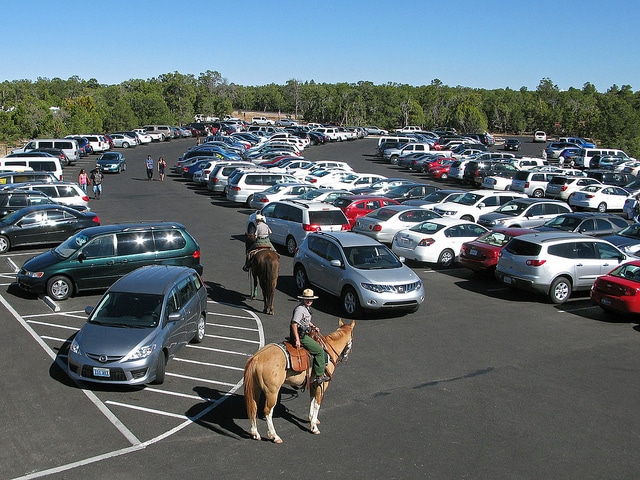
The trick to parking at the South Rim is not to waste time looking for a closer spot. Take the first spot you see, and hop on one of the free shuttles into the Grand Canyon Village or around the Rim.
Parking at the North Rim
Parking at the North Rim is limited, but it is seasonally available at the Grand Canyon Lodge and North Rim campground. Like the South Rim, you’ll pay a $30 admission fee and have access to both Rims for seven days. Check out the National Park Service’s North Rim Map for more details.
Parking at Grand Canyon West
Parking at Grand Canyon West, which is owned and operated by the Hualapai Indians, is a bit different than parking at the North or South Rims. No private vehicles are allowed in the park, so the Grand Canyon West area offers free parking and a complimentary shuttle to take you from the parking lot to the viewing areas. You can find more information on admission pricing at the Grand Canyon West tourism website.
2. Am I prepared for inclement weather conditions?
There are a few unexpected weather events that might complicate your Grand Canyon plans, such as controlled burns, heat alerts, flash floods, and snow.
- Controlled burns are occasionally scheduled to help reduce hazardous accumulations of flammable materials. They can cause traffic delays, or even prevent you from visit certain areas of the Canyon altogether.
- Heat alerts can also impact your Grand Canyon plans, especially if you’re planning on hiking into the Canyon. The National Park Service website will advise you if any heat alerts are in effect. Don’t take these alerts lightly – hiking in extreme heat can cause serious health problems and even death.
- Flash floods can occur in the Grand Canyon at any time of year. For more information on avoiding and managing flash floods, see the National Park Service’s recommendations.
- Snow and fog can shroud your view of the Grand Canyon during the winter, which is the chance you take by visiting during the colder months. However, the view after a fresh snowfall is beautiful, and you’ll experience fewer visitors and less traffic.
There is no advanced schedule for controlled burns, heat alerts, flash floods or snow and fog, so the best way to plan for these events is to monitor the weather and keep your eyes peeled for news in the days before your trip. The National Park Service website will advise you if there are any active park alerts at the Grand Canyon.
3. What is the best time of day to view the Grand Canyon?
You may think that midday is the best time to view the Canyon because the light is the brightest, but this isn’t the case. Because the midday sun is directly overhead, you won’t see the cool shadows and vibrant colors that you’d see earlier or later in the day.
The best times to view the Canyon are sunrise or sunset. The angle of the sun creates more drama, the temperature will be cooler, and the viewpoints may be less crowded.
4. Where are the best views?
There is no such thing as the “best” view of the Grand Canyon – each Rim offers access to unique viewpoints and an ample supply of fantastic photo opportunities.

Views at the South Rim
If you want access to the most views of the Grand Canyon, the South Rim is the place to go. The South Rim is more developed than the North Rim or Grand Canyon West; in addition to a wider variety of services and attractions, the South Rim offers nearly two dozen viewpoints, many of which offer views down to the Canyon floor 4,000 feet below.
Check out our guide to visiting the South Rim for more information on different viewpoints.
Views at the North Rim
Because the North Rim is less developed than the South Rim, its viewpoints are less easily accessible. A few viewpoints can be reached by vehicle and some require a short hike, but don’t be afraid of the extra effort! Hiking the North Rim can be especially rewarding because of its unique range of vegetation, especially in the autumn when the trees begin to change color.
Read our North Rim Visitor’s Guide to learn more about viewpoints at the North Rim.
Views at the West Rim
The West Rim offers fewer viewpoints than the South Rim, but its vistas are no less impressive. The West Rim is also home to the famous Grand Canyon Skywalk, which offers a view into the Canyon that simply can’t be matched by any viewpoints at the South or North Rims.
For more information on viewpoints at the West Rim, see our West Rim Visitor’s Guide.
5. How can I come home with a great photo?
You may think that taking the perfect Canyon photo is a cinch (after all, you are taking pictures one of the world’s most stunning sights), but taking a great shot isn’t as easy as you might expect. There are a few things you can do to make sure you go home with a great photo. Check out our Photography Guide for our suggestions.
Don’t forget extra batteries!
6. Can I visit the North and South Rims on the same day?
You can visit both Rims in a single day, but you’ll spend a lot of time in transit. The Trans-Canyon shuttle departs from the North and South Rims twice per day, but even though the North Rim is only 10 miles away from the South Rim, the drive is over 200 miles and it takes 4.5 hours.
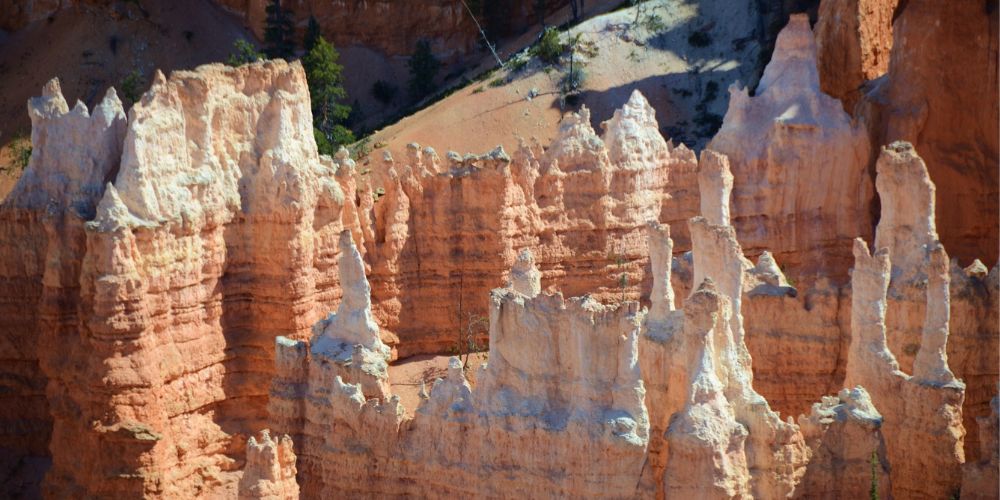
If you’re starting at the South Rim, consider exploring the Grand Canyon East area instead of making the trek to the North Rim. If you’re starting at the North Rim, nearby Bryce Canyon (pictured above) and Zion National Park are great alternatives to spending your day on a bus.
7. Is it actually safe to hike in the Grand Canyon?
Absolutely, as long as you’re prepared! The most important thing to remember is not to overestimate your abilities. Hundreds of hikers require rescue every year, often because of exhaustion and dehydration – both of which can be avoided with proper planning.
If you want to hike the Grand Canyon, there are a number of things you should keep in mind, such as:
- Weather. If any heat or other weather alerts are in effect, consider postponing your hike.
- Time. Do not attempt to hike to the bottom of the Canyon and back to the Rim in a single day.
- Skill. If you’re completely new to hiking, consider hiking the trails along the Rim instead of hiking into the Canyon. There are a number of Rim-level trails available, and they’re much better for novice hikers.
If you’ve planned properly and have an accurate understanding of your skill level, it is safe to hike in the Grand Canyon. But if you’re unsure, it’s best to err on the side of caution and remain on the Rim.
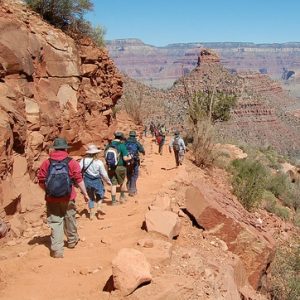
8. Can I hike to the Colorado River?
You can hike to the Colorado River, but you should not plan on hiking to the River and back to the Rim in a single day. Hiking into the Canyon is easy, but hiking out is very difficult. In addition to walking the horizontal distance through the trails and switchbacks, you’ll also have to hike over a mile straight up – no easy feat.
If you really want to hike to the River, consider staying overnight at the Phantom Ranch (pictured right). The Phantom Ranch books well in advance, but they have a cancellation list if you are hoping to secure a last minute booking.
If you only have a single day to visit the Grand Canyon and you really want to see the Colorado River, consider taking a helicopter tour.
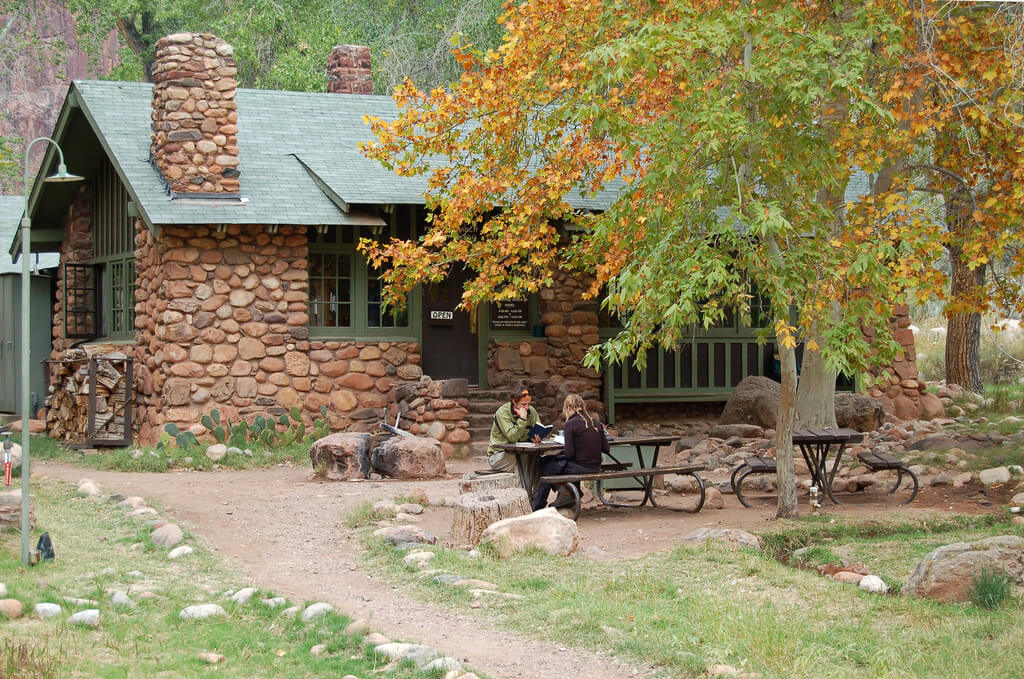
Browse helicopter tours:
Grand Canyon Helicopter Floor Landing with Las Vegas Strip Upgrade
$579.00 – $654.00Grand Canyon Exclusive Floor Landing Helicopter Tour
$499.00 – $589.00Grand Canyon Helicopter Tour
$399.00 – $449.00Grand Canyon Exclusive Floor Landing Helicopter Sunset Tour
$649.00 – $669.00Questions Answered
A little knowledge goes a long way when you’re planning a trip to a new place. It’s easy to find answers to frequently asked questions, and now you have answers to all the questions you didn’t know to ask. So what are you waiting for? Get packing!

